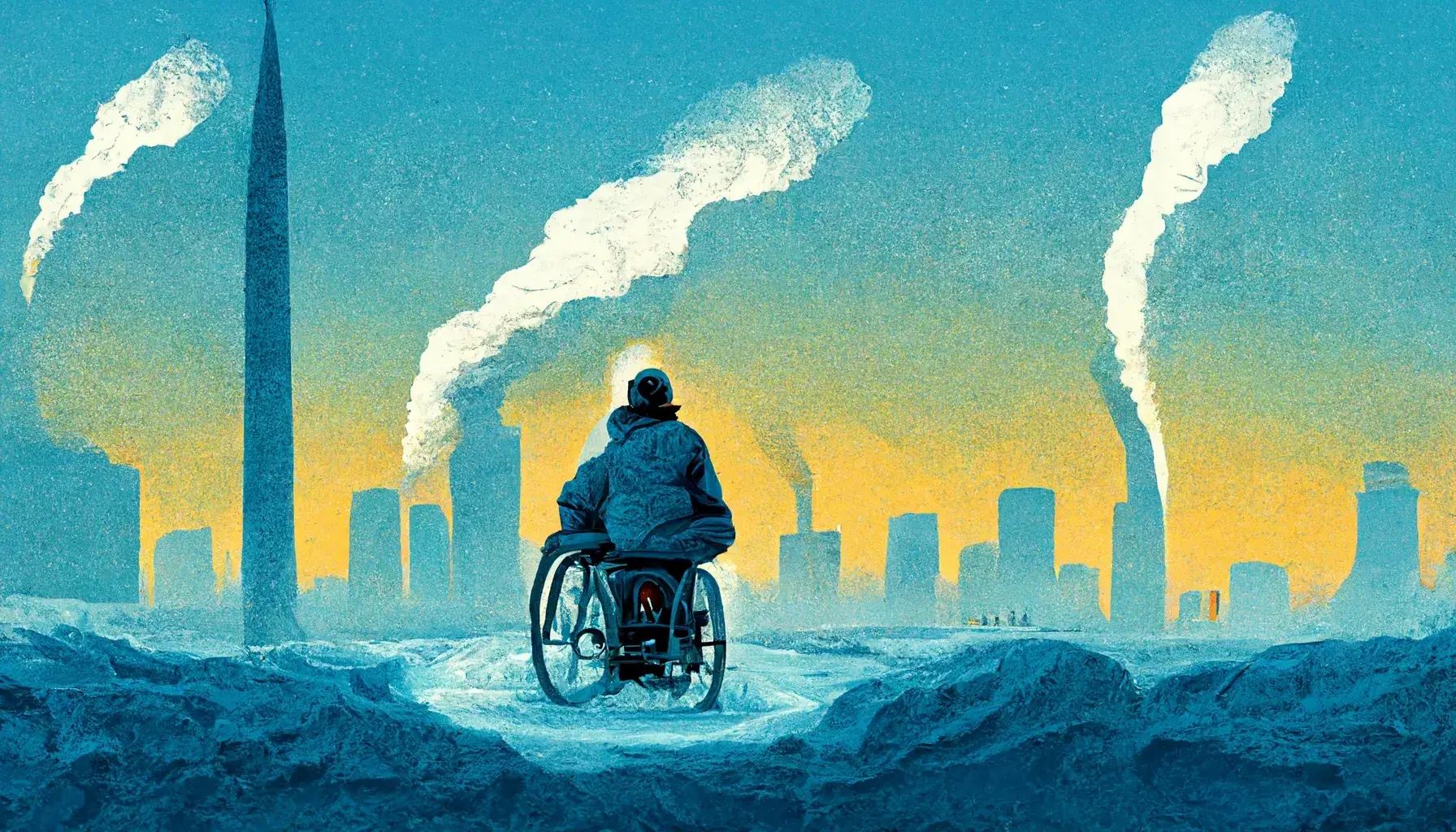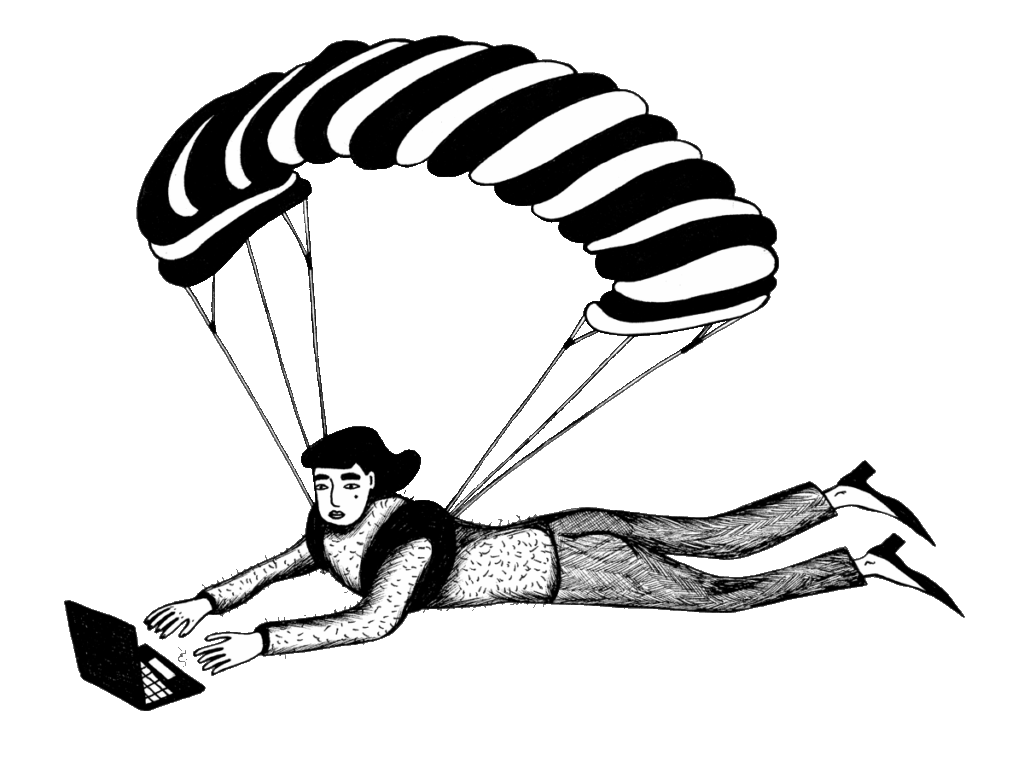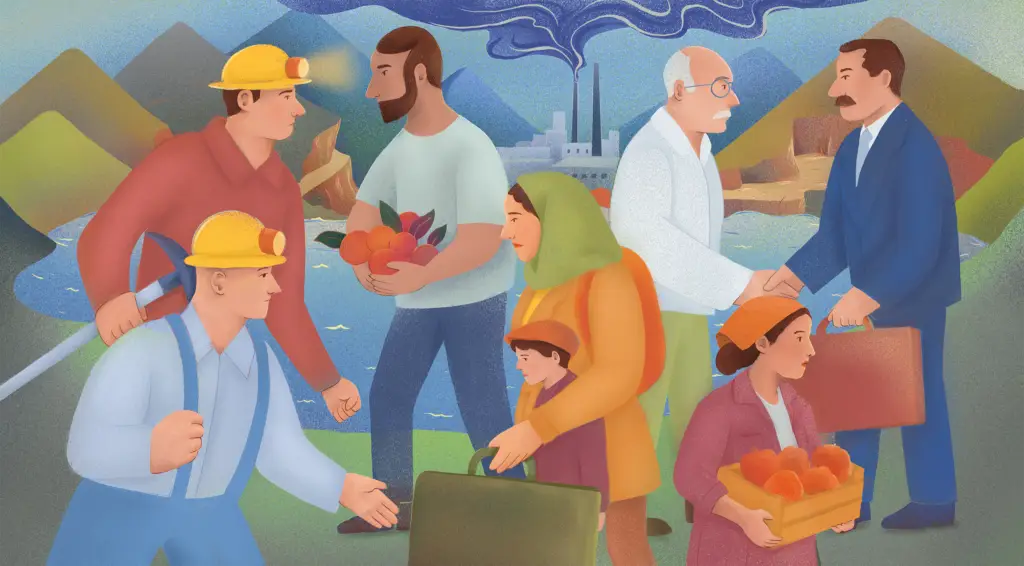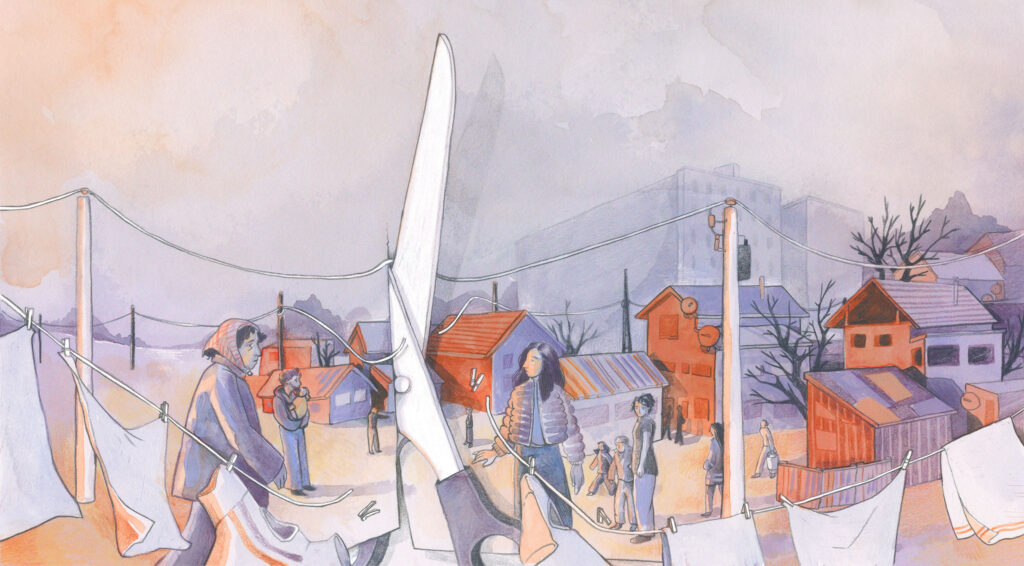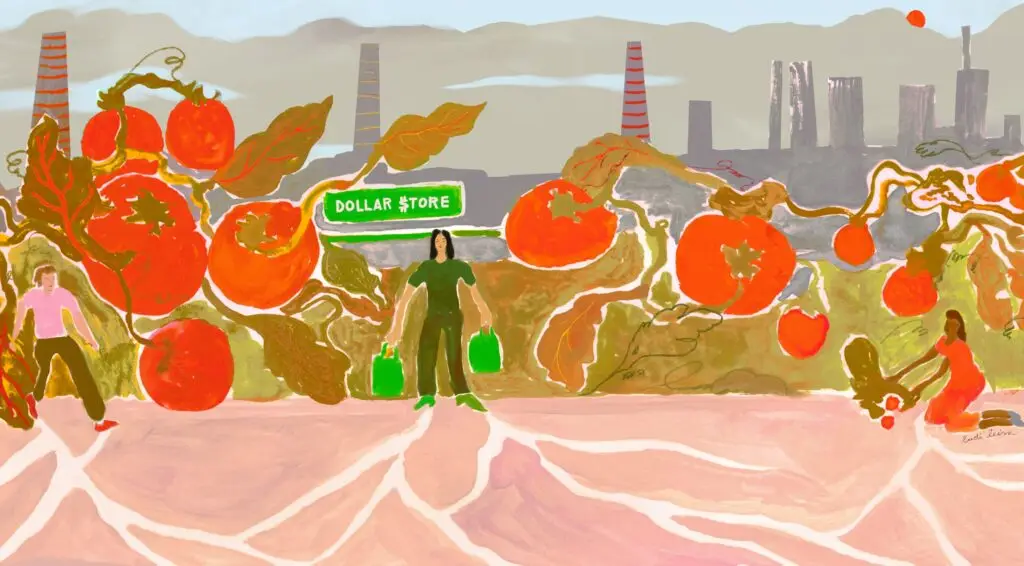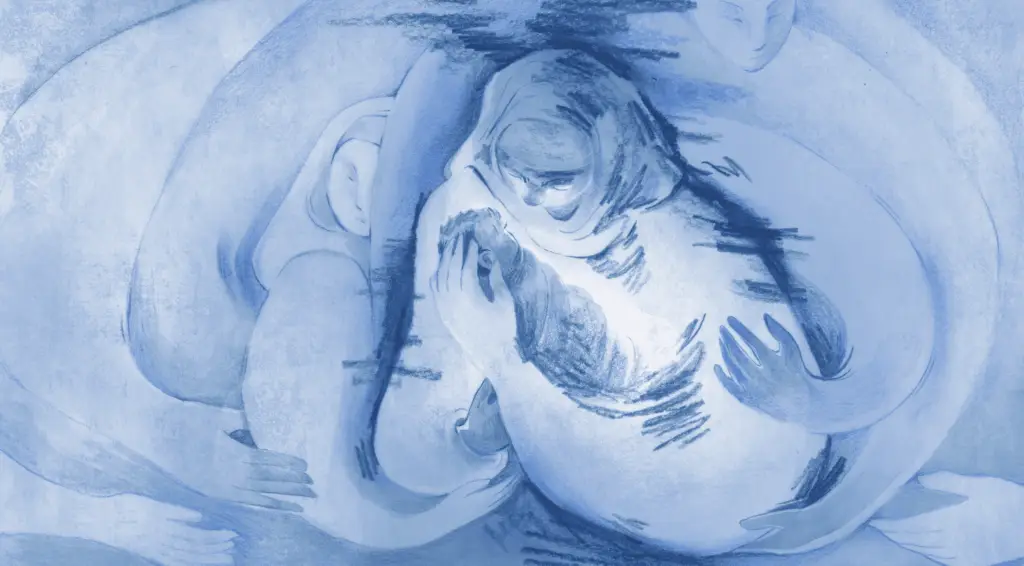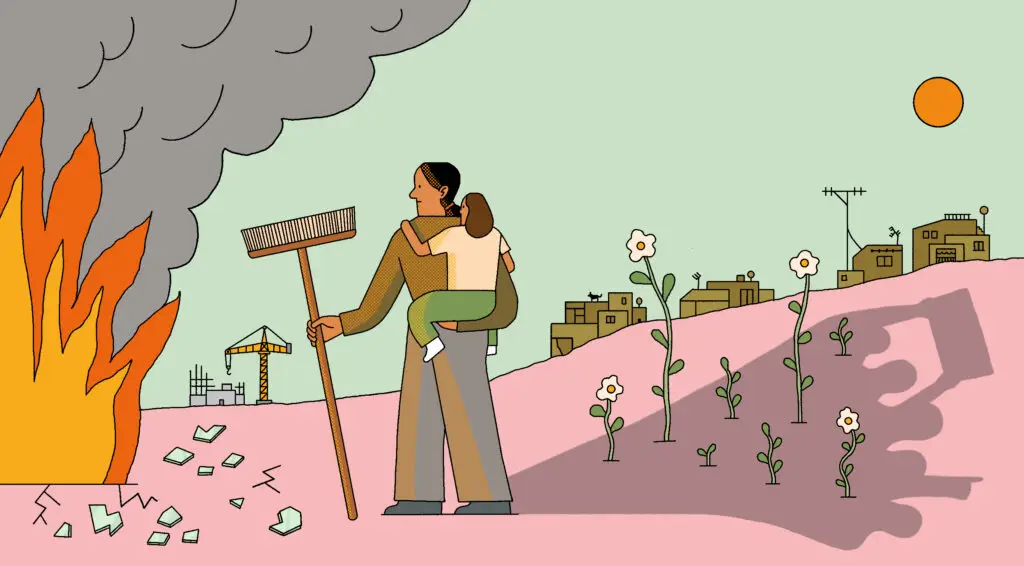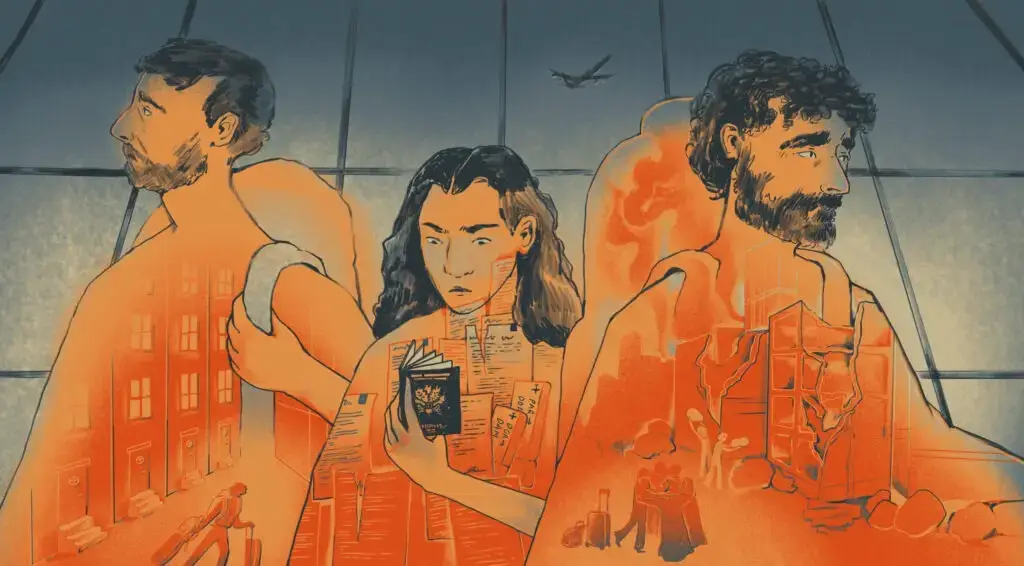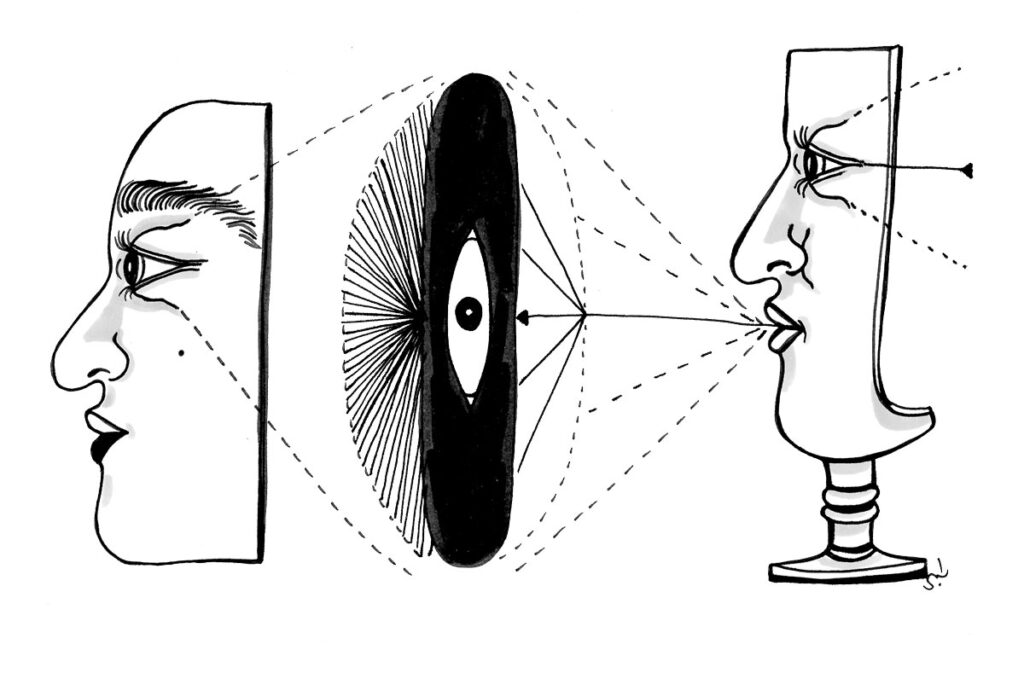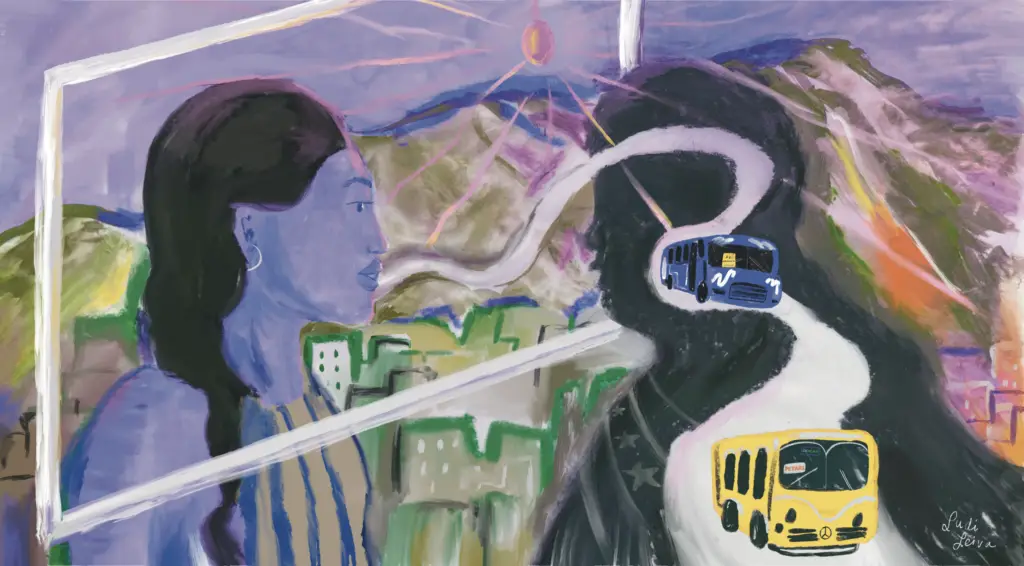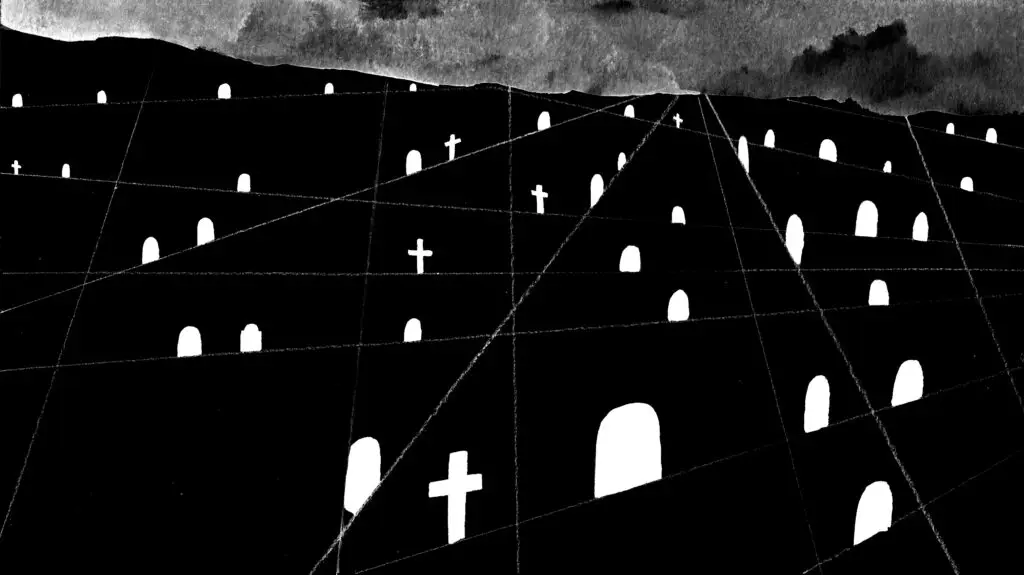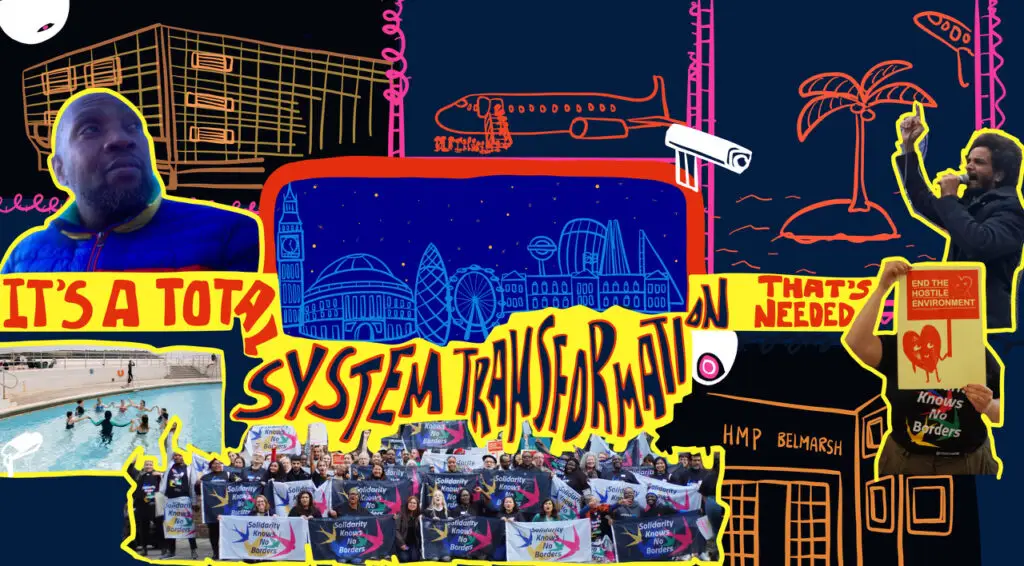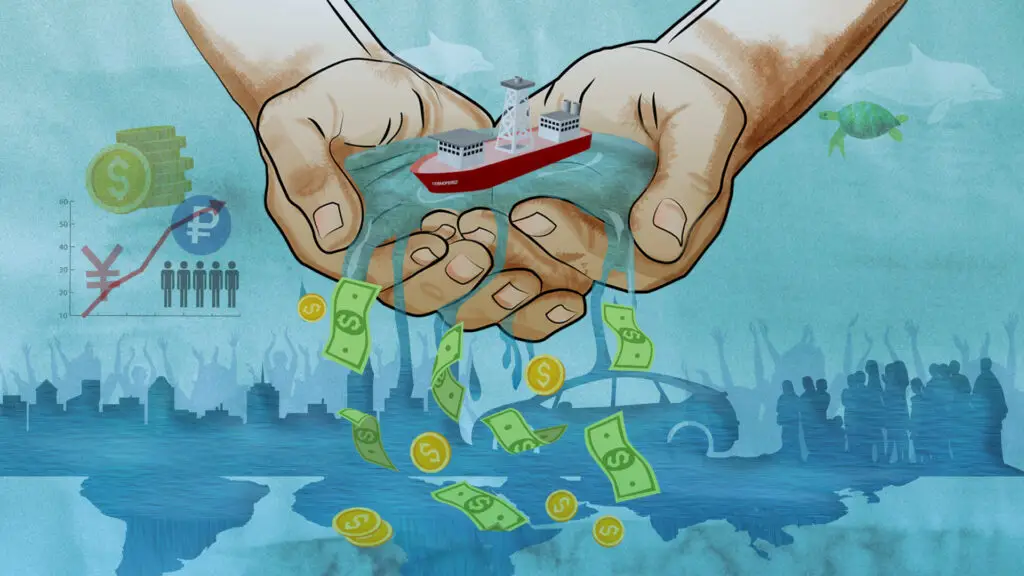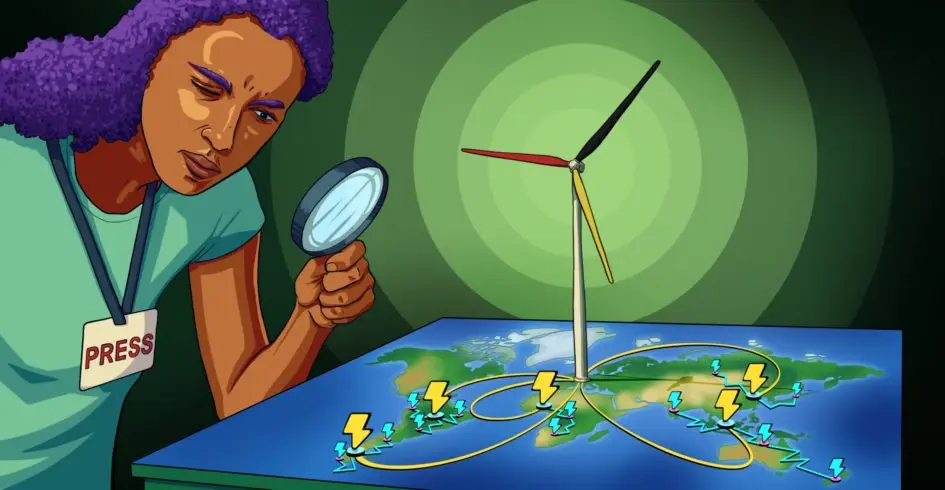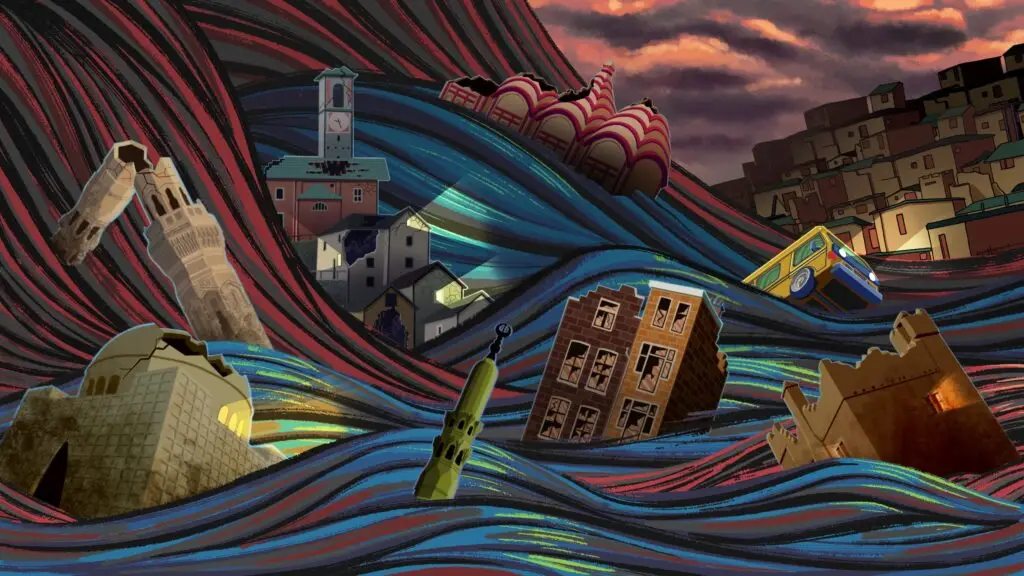In March this year, Áine Kelly-Costello offered a training session for Unbias the News on linking the climate beat and disability. Áine is a multiply-disabled storyteller and disability advocate. Their climate justice work has included fossil fuel divestment activism, upskilling organisations on accessible and inclusive campaigning, and reporting and podcasting on disability and climate intersections.
Áine’s master’s thesis focuses on climate journalism. Meanwhile, their journalism work has been connected to disability, which has led them to now work on the intersections of climate and disability.
Here are some tips from Áine on how we can do more in our coverage of climate. But first:
What is disability?
There are lots of different ways of approaching disability and Áine says that complexity is something to embrace.
A landmark human rights treaty, the UN Convention on the Rights of Persons with Disabilities states that: “Persons with disabilities include those who have long-term physical, mental, intellectual or sensory impairments which in interaction with various barriers may hinder their full and effective participation in society on an equal basis with others.”
Andrew Pulrang’s definition of disability is grounded in daily reality: “If you have a physical or mental condition that you have to think about and plan around every day, then you are disabled.”
Disability can also be creativity. As British playwright and disability activist Neil Marcus put it, “Disability is not a brave struggle or courage in the face of adversity. Disability is an art. It’s an ingenious way to live.”
The disability community is hugely diverse. Áine thinks about disability as “a fluid concept–it’s an identity and a lens that counters ableism”.
Why is disability an underreported topic in the climate beat?
The climate beat has traditionally been dominated by Global North science and politics coverage, which is important but doesn’t always centre those most impacted. Even when climate justice is a focus, disability is still often left out of the picture.
Áine explains that there are multiple and compounding layers of oppression leading to this lack of visibility.
“Systemic ableism means we individually and societally are primed to consider disabled bodies and minds as lesser, and that means disabled people get sidelined in responses to climate breakdown too, whether in policy, activism or journalism."
Dr. Julia Watts Belser’s article titled ‘Disabled People Cannot Be “Expected Losses” in the Climate Crisis’ nails the problem. Anything less than centering disabled leadership in climate responses will mean disabled people will continue losing their lives, and continue facing profound instability and precarious conditions, which justice-oriented policy responses could have prevented. Dr. Watts Belser has also written a helpful overview of how disabled people are impacted by climate breakdown and why their wisdom is crucial to climate responses.
Áine says they don’t see much awareness yet, neither among climate journalists nor among editors, that there’s a huge richness and diversity of stories waiting to be told at the disability and climate nexus.
Commissioning disabled journalists to work on these stories is really valuable. Áine says that it’s also true that disabled journalists are under-represented in the field, which is its own systemic problem, but it shouldn’t fall just to disabled people to write about these intersections either.
Áine sees a role for journalists from every beat to be incorporating a disability lens within their reporting, but upskilling is important in that process. This is because reporting on a marginalised community you’re not part of needs to be approached with care, nuance and ideally, plenty of time.
Tips from Áine on inclusive reporting
Commit to disability solidarity
- Avoid causing harm to a marginalized community. Is the story in solidarity? Will it benefit the disability community to have this coverage out there? Or is it just extracting without giving anything back? The Solidarity Journalism framework developed by Dr. Anita Varma offers great general advice.
- Handing over space for disabled people to report on climate (and to disabled illustrators, too) is super needed. Editors should take care not to limit this to disabled people sharing their own lived experiences. Editors making the time to work with newer disabled journalists, in particular, is a powerful form of solidarity when done with care.
- Know that if you’re going to cover disability well in the climate space in particular, it’s a longer-term commitment to building knowledge and relationships instead of just checking a box to add to your list of topics you’ve covered. This is a topic that takes time.
Avoid causing harm
- Treat all sources with dignity. Avoid disability stereotypes like reducing disability to a burden or portraying disabled people as inspirational. Be especially careful of these in the choice of image and headline.
- Let people self-identify how they want to be referred to. They may have a preference for identity-first or person-first language (disabled person vs person with a disability) or prefer to identify as neurodivergent, chronically ill, deaf, experiencing mental illness, and so on).
- Don’t victimize people without giving them agency. Disabled people are not your trauma porn story.
- Relatedly, don’t share personal information you’ve been asked not to share. A disabled person may or may not want to disclose their specific condition or impairment. That information is often less relevant/needed than you may expect.
- Consider what assumptions you might be approaching a story with. Saying someone has achieved something “despite” their disability is an example of an assumption. Go in with an open mind.
- Make sure images are dignified and well-matched to the story. A disembodied wheelchair to represent a wheelchair user is reductionist and dehumanising.
Centre a range of disabled voices
- If your story is centered around disability and disabled perspectives, including multiple disabled people is really important in order to avoid the false perception that there’s a single disabled viewpoint.
- Take an intersectional approach, recognising the breadth of disabled people’s experiences and prioritising the perspectives of disabled people who are multiply marginalised e.g. disabled people from the Global South, indigenous people, disabled people living in institutions, rural communities, gender minorities and women.
- When reaching out to sources, be mindful of disability service providers who are not necessarily disability-run or led. Before reaching out to an organization, do research on whether its actually governed and run by disabled people.
Finding a way in
- Start by reading stories disabled people have written about how they and their community are impacted by climate disruption and the sorts of climate justice initiatives they want to see. This will give you topic ideas.
- Seek out disabled people’s expertise on what disability visibility and inclusion in climate responses could/should look like. Equally, do your own digging on structural causes of disadvantage. Spend some quality time with policy documents and questioning government officials.
- Disabled people are aware of their reality, but some people might be less confident about relating it to climate breakdown. The way you frame your questions can be helpful in prompting them to reflect on those connections.
Don't know where to start? Here are some topic ideas for your next story
On just about any climate topic, there’s room to investigate what it might mean for disabled people. How are they excluded? What solutions might they have to offer which aren’t getting the attention they should?
Broad areas, with reading suggestions as jumping-off points, include:
- Extreme weather responses
- Accessibility of low-emissions cities
- Climate-induced relocation and migration
- Long-term impacts of climate-fuelled precarity e.g., access to housing, healthcare, reliable power
- Mental health impacts
- Creative reflections on Crip Ecology and (disability-inclusive) disaster simulation
- Livelihood impacts and disability inclusion in a just transition
- Meaningful disability inclusion in national and local plans and policies
- Intersectional perspectives of disabled climate activists (examples in the US, UK and internationally) and efforts to counter ableism in the climate movement
- Legal cases challenging things like lack of disability-inclusive disaster preparedness and failure to account for human rights obligations in climate responses
- Activist-scholars making the case for more research on disability-inclusive climate responses
- Plastic bans disproportionately impacting disabled people
- Lack of emergency services available for disabled people in climate emergencies such as extreme floods
- And whatever else you can think of!
Keep reading
- To go deeper, Áine highlights some recommended resources here.
- You can support their work by subscribing to the Disability Debrief newsletter and the Enabling Commons podcast.
- Finally, don’t forget to share this tip sheet with your colleagues!
Stay tuned to Unbias the News as we continue to explore new ways to cover disability and climate from an undercovered angle: the inclusive one.

